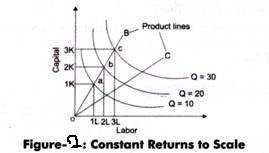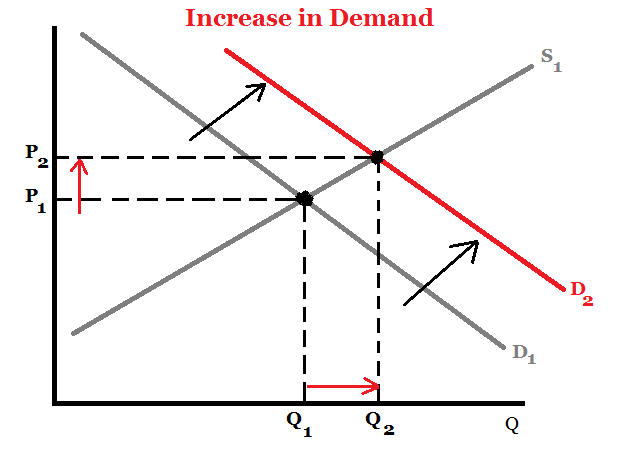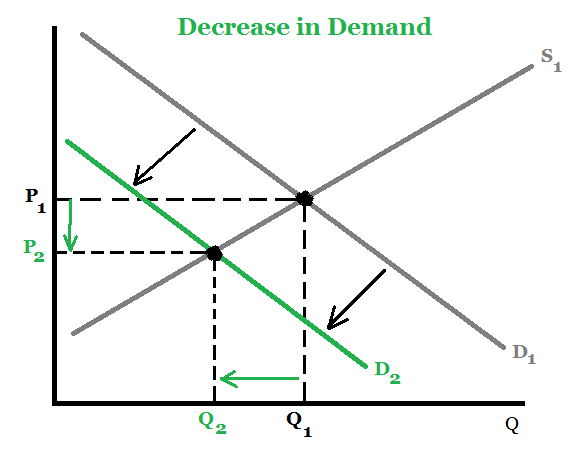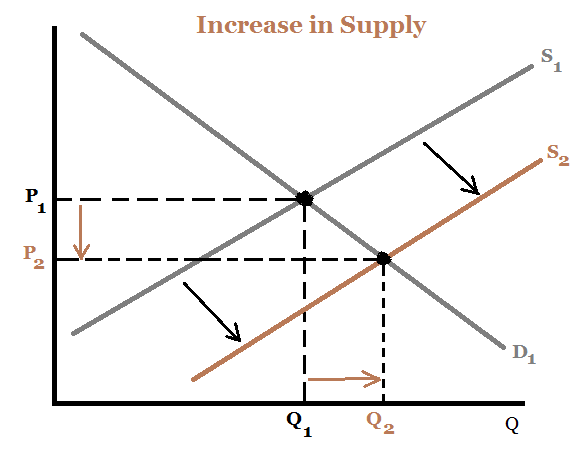Functional Strategies, Features, Importance, Challenges
Functional Strategies refer to the specific tactics and actions developed by various departments within an organization to support overarching business strategies and objectives. Each functional area—such as marketing, finance, human resources, operations, and information technology—crafts its strategy to optimize performance and contribute to the company’s goals. These strategies are tailored to the unique capabilities, processes, and needs of each function and are crucial for the efficient allocation of resources, coordination of activities, and achievement of competitive advantage. Effective functional strategies ensure that each department aligns with the broader strategic vision of the organization, creating synergy and improving overall operational effectiveness to maximize business success and sustainability.
Features of Functional Strategies:
- Specificity:
Functional strategies are detailed and tailored to address the unique challenges and opportunities within a specific department such as marketing, finance, operations, or human resources.
- Alignment:
They are designed to align with the overall corporate strategy, ensuring that each functional area contributes effectively to the overarching goals of the organization.
-
Resource Allocation:
Functional strategies involve specific plans for allocating resources within a department to maximize efficiency and effectiveness in achieving set objectives.
- Goal-Oriented:
These strategies are goal-oriented, focused on achieving specific outcomes that contribute to the success of the entire organization.
- Measurability:
They include measurable targets and key performance indicators (KPIs) that help assess the performance of each functional area and its impact on the organization’s success.
- Adaptability:
Functional strategies are flexible, allowing departments to adapt to changes in the external environment, including market conditions, technology, and regulatory changes.
- Integration:
Effective functional strategies are integrated with each other, ensuring that the activities of different departments are coordinated and mutually supportive, avoiding silos within the organization.
-
Competitive Advantage:
They are often designed to leverage the strengths and core competencies of a functional area to provide a competitive advantage, such as innovation in product development or excellence in customer service.
Importance of Functional Strategies:
-
Enhanced Coordination:
Functional strategies help coordinate activities within individual departments and ensure that these activities are aligned with the broader strategic goals of the organization, leading to more cohesive and effective operations.
- Resource Optimization:
They facilitate the optimal use of resources within each department, ensuring that resources such as time, money, and personnel are utilized efficiently and effectively to achieve specific functional goals.
-
Goal Achievement:
Functional strategies are essential for translating high-level organizational goals into actionable plans within each department, which helps in achieving specific and measurable outcomes that contribute to the overall success of the business.
-
Improves Accountability:
By setting specific objectives for each department, functional strategies improve accountability by making it easier to track performance and hold individual departments responsible for their results.
-
Increases Adaptability:
They allow departments to quickly adapt to changes in the market or industry by having strategies that are tailored to the specific dynamics and challenges faced by each functional area.
-
Supports Innovation:
Functional strategies can foster innovation by encouraging departments to develop creative solutions and improvements within their specific areas of expertise, thus contributing to competitive advantage.
-
Enhances Communication:
Clear functional strategies improve communication within and across departments by defining clear roles, responsibilities, and expectations, which helps in reducing conflicts and enhancing synergy.
-
Drives Competitive Advantage:
By maximizing the efficiency and effectiveness of each department, functional strategies contribute to building and sustaining a competitive advantage. For example, a cutting-edge marketing strategy can help capture greater market share, while an innovative R&D strategy can lead to the development of unique products.
Challenges of Functional Strategies:
-
Alignment with Corporate Strategy:
One of the primary challenges is ensuring that functional strategies align well with the overall corporate strategy. Misalignment can lead to efforts that do not support or even contradict other organizational goals.
-
Resource Constraints:
Functional areas often compete for limited resources, such as budget, personnel, and technology. Balancing these resources effectively across various departments can be challenging and may impact the effectiveness of functional strategies.
-
Interdepartmental Coordination:
Ensuring coordination and cooperation among different functional areas can be difficult. Lack of coordination can lead to silos that hinder information sharing and collaborative problem-solving.
-
Adaptability to Change:
External changes such as market dynamics, economic conditions, and technological advancements require functional strategies to be flexible. Adapting strategies in response to these changes can be challenging, particularly in larger, less agile organizations.
-
Measuring Performance:
Developing clear, measurable KPIs that accurately reflect the performance of functional strategies can be complex. Without precise metrics, assessing effectiveness and making informed decisions becomes problematic.
-
Skill Gaps:
Effective implementation of functional strategies often requires specific skills and expertise. Skill gaps within teams can lead to suboptimal execution of these strategies.
-
Cultural Fit:
Functional strategies must fit within the organizational culture to be effective. Strategies that clash with the established culture may face resistance, reducing their effectiveness or leading to failure.
-
Innovation Constraints:
While functional strategies aim to optimize current operations, they can sometimes constrain innovation by focusing too heavily on refining existing processes and products. Balancing operational excellence with innovation is a significant challenge.






